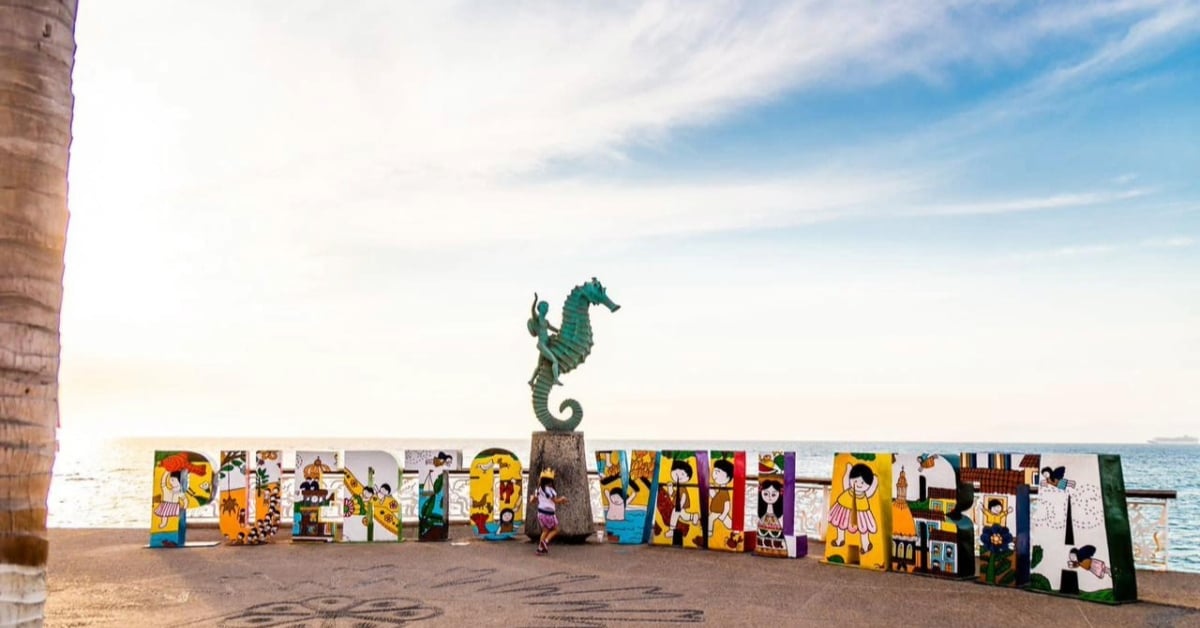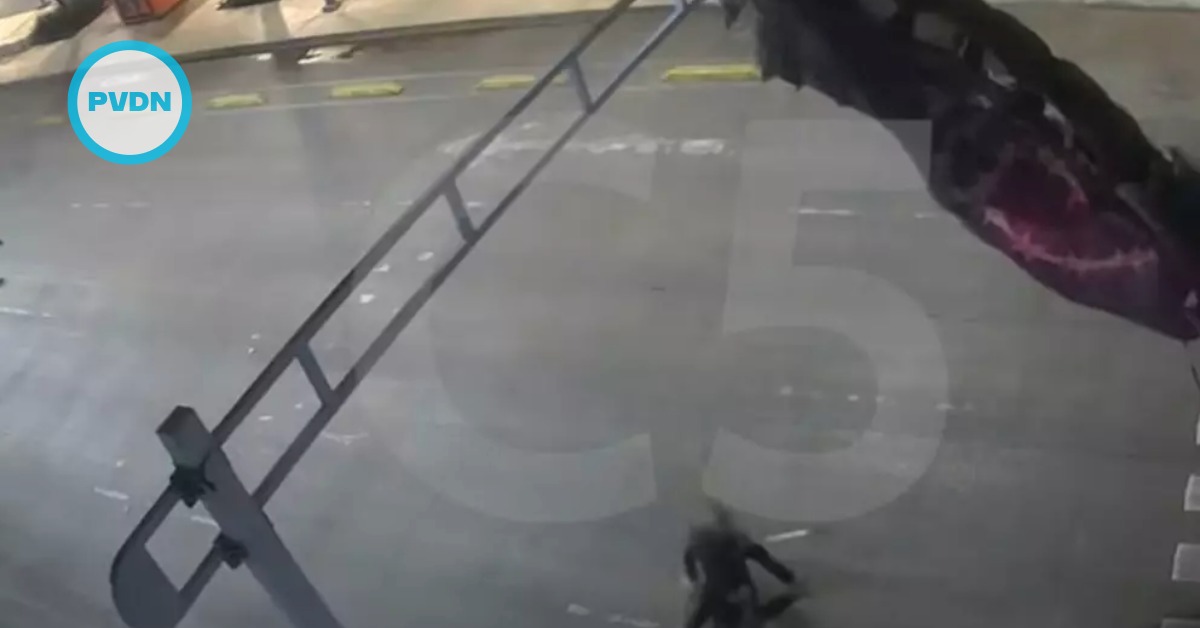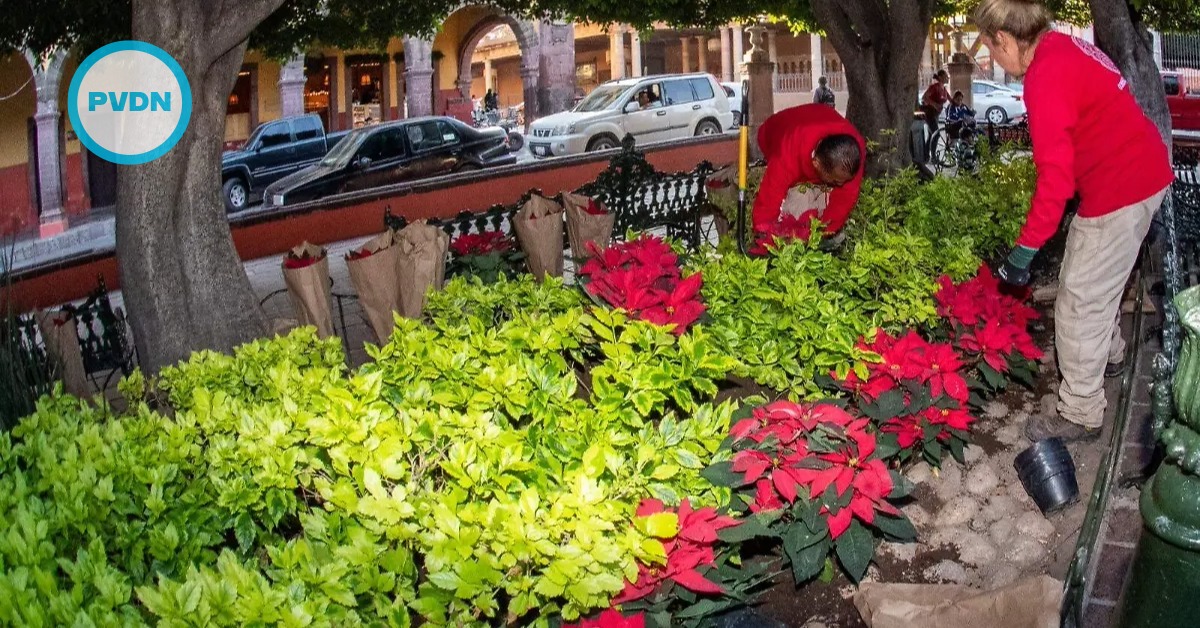It seems like Mexico is always making news for its growing list of mind-blowing archaeological discoveries, which most recently include what may be the oldest known footprints in the Americas, as well as a treasure trove of new ancient Mayan artifacts and human remains.
The footprints were found running through the remote Coahuila valley of Cuatro Cienegas, which is mostly desert and lies just under 200 miles from Eagle Pass, Texas, in the U.S. Presumed to have been made by hunter-gatherers who lived in the area several thousand years ago, they may predate the Americas’ current oldest . . .






